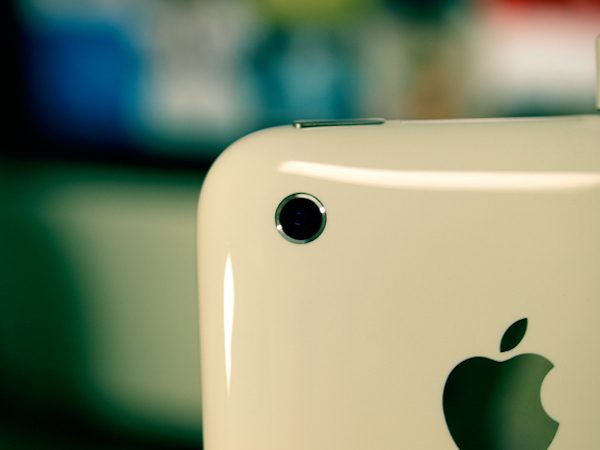Would You Really Have an Extra $25K If You’d Never Bought an iPhone?

Photo credit: obihirorabbit, CC BY 2.0.
Today in “more frugal than you,” Time’s Brad Tuttle explains exactly how much money he and his wife have saved by not buying iPhones:
For the last decade, we’ve gotten by with basic phones and cheap prepaid plans from the likes of Virgin Mobile, Cricket, and AT&T’s GoPhone. Even when we upgraded devices, we’ve never spent more than $1,000 total in any 12-month period since the iPhone was born.
I have an iPhone 6 that I bought for $53.70 back in 2015. I do spend roughly $1,164 per year on my phone plan, but a large percentage of that is a tax-deductible business expense. I’m not living as economically as Tuttle and his wife with their “cheap prepaid plans,” but I’m not exactly dropping piles of cash, either.
Still, Tuttle argues that he and his wife have saved “around $20,000—and perhaps well over $30,000” by not buying iPhones:
To calculate that number, I’ve looked back over 10 years of new iPhone launches—including the iPhone 3GS in 2009, the iPhone 5 in 2012, and the supersized iPhone 6 and 6 Plus in 2015—and reviewed the most popular wireless plans at the time. For example, in addition to paying $599 for the original 8GB iPhone in 2007, users paid $60 to $120 per month (not including taxes and fees) to AT&T, which was the only provider available at the time.
Well, sure, if you’re going to buy the newest iPhone the minute it launches and the most popular plan. If that’s how you’re doing the math, I could go write a piece titled “I saved $20,000 by not buying a new laptop every year.”
[…] more realistically, the typical individual iPhone user has probably spent more like $1,500 per year, on average, what with periodic upgrades and middle-of-the-road plans. For a couple getting a group discount, the average is perhaps more like $2,500 per year.
Huh. Okay. That number looks pretty accurate, even including my $53.70 phone.
Which means that, yes, a person could potentially have saved $15,000 over ten years by not buying iPhones—and two people could have saved $30,000. Maybe a little less than that if they bought a different type of smartphone, but still.
It’s also worth considering that we’ve been in a bull market for nearly all of the last decade. Thanks to compound interest and regular investing of the money we’ve saved, the difference between owning and not owning iPhones for 10 years is much, much bigger than $20,000 for us.
Oh, don’t rub it in.
Support The Billfold
The Billfold continues to exist thanks to support from our readers. Help us continue to do our work by making a monthly pledge on Patreon or a one-time-only contribution through PayPal.
Comments